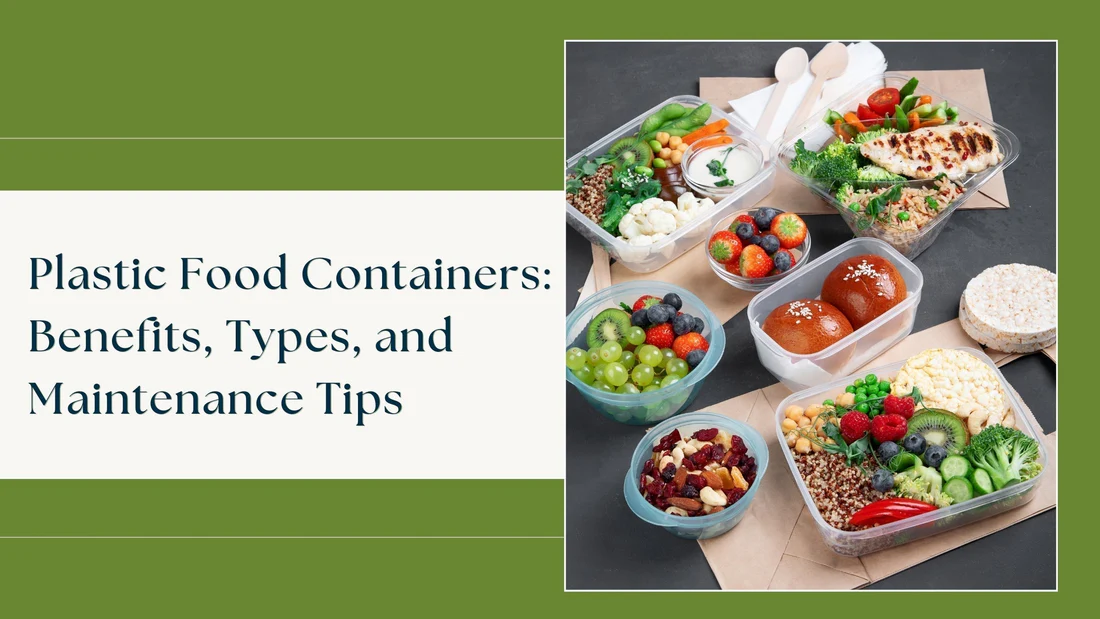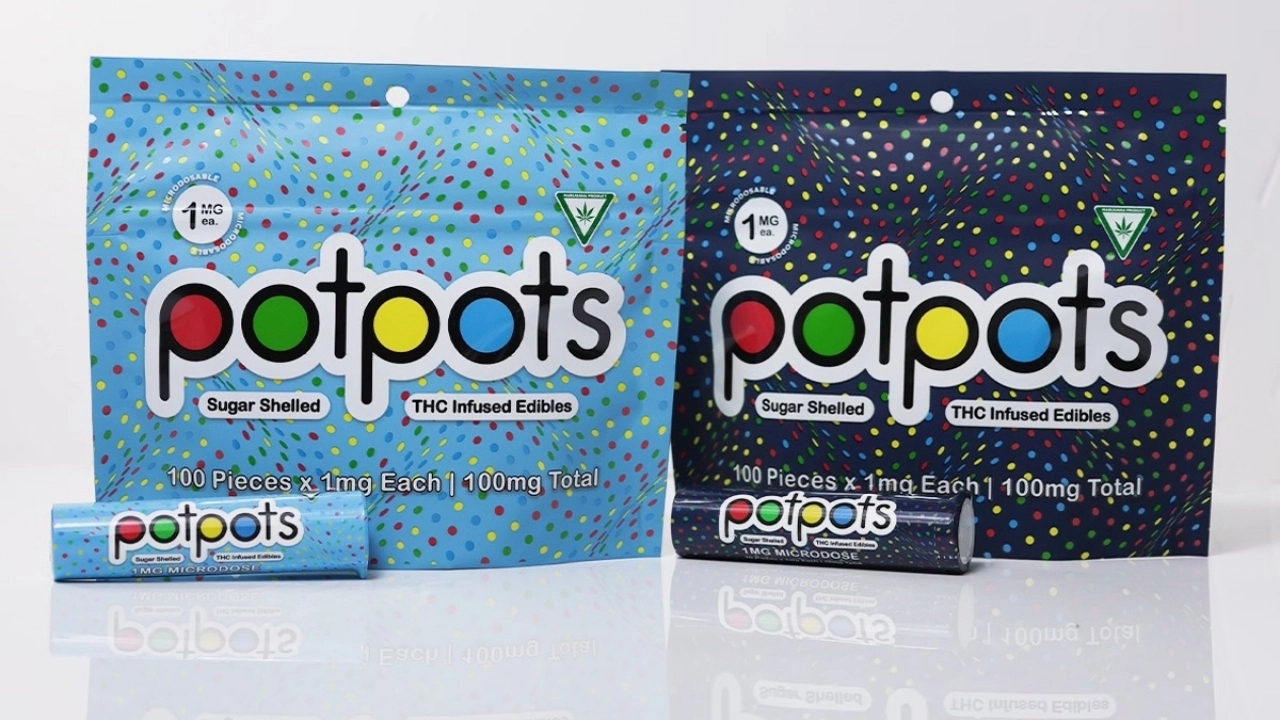Modern kitchens revolve around convenience—and few appliances are more essential than the microwave. Whether you’re reheating leftovers or cooking a quick meal, chances are you’re using plastic containers. But not all plastics respond the same to heat, and understanding the type of plastic you’re using can protect both your food and your health.
Among the many plastic types, PP5 is commonly used in food storage containers. But is PP5 plastic microwave safe? Let’s explore everything you need to know to make an informed, safe decision.
What Does “PP5” Mean on Plastic Containers?
The term PP5 refers to Polypropylene, a category of plastic identified by the number 5 inside the triangle-shaped recycling symbol. It’s commonly used for food containers, yogurt cups, some takeout packaging, and even some reusable water bottles.
Polypropylene is prized for its strength, flexibility, and high resistance to heat. It doesn’t absorb water, it resists chemical corrosion, and it can handle temperatures well above what most household microwaves produce.
Is PP5 Plastic Microwave Safe?
In general, yes, PP5 plastic is considered safe for use in the microwave. Its high melting point—between 130°C and 170°C (or about 266°F to 340°F)—makes it stable under microwave conditions.
However, not all PP5-labeled containers are automatically microwave-safe. Some are made for single-use purposes (like disposable takeout containers), while others are manufactured for long-term, repeated heating. It’s essential to look for the “microwave-safe” label or symbol on the container to be sure.
If your PP5 container has no microwave symbol, it’s best to avoid using it for reheating food—especially oily or sugary foods, which can heat up more intensely and potentially degrade the plastic.
How to Identify a Microwave-Safe Plastic Container
Simply spotting the PP5 label on the bottom of a container isn’t enough to guarantee microwave safety.
Here’s what you should also look for:
- The microwave-safe symbol: usually shown as wavy lines or a microwave icon.
- Explicit labeling: containers often state “microwave safe” or “microwaveable” clearly on the packaging.
- BPA-free assurance: while PP5 is naturally BPA-free, it’s still a good sign when this is labeled.
When in doubt, don’t use plastic in the microwave unless it’s specifically marked for that purpose.
The Chemistry Behind PP5: Why It’s Safer
Polypropylene is one of the most stable plastics available for food storage. It has a tight molecular structure that doesn’t easily break down or leach chemicals when exposed to heat. In contrast, plastics like PVC (code 3) or polystyrene (code 6) can release harmful compounds such as dioxins or styrene when heated.
PP5 is non-reactive, BPA-free, and has a low risk of chemical migration into food, especially when used properly. That’s why it’s often chosen for items like baby bottles, food containers, and microwavable dishes.
Best Practices for Microwaving with PP5 Containers
Even if your container is made from microwave-safe PP5 plastic, proper usage is still key to maintaining food safety and the container’s longevity.
Here are some practical guidelines to follow:
- Leave lids slightly open or vented to avoid steam buildup.
Do not microwave plastic containers that are cracked, warped, or stained, as damage can increase the risk of chemical leaching. - Avoid overheating oily or sugary foods, which reach higher temperatures than water-based foods and may damage the plastic.
- Stir and rotate food to ensure even heating and prevent hotspots.
By following these steps, you reduce the chance of melting the plastic or releasing unwanted substances into your food.
Health Concerns: Is Microwaving Plastic Risky?
There’s been ongoing debate about the safety of microwaving plastic, largely due to fears about chemical leaching, especially BPA and phthalates. These chemicals have been linked to hormone disruption and other health issues.
Thankfully, polypropylene (PP5) is BPA-free, and considered one of the safest plastics for microwave use. That said, even safe plastics can degrade over time—particularly when exposed to high heat, acidic foods, or repeated use.
If you see visible damage like discoloration, surface changes, or thinning, it’s time to discard the container.
Safer Alternatives to Plastic in the Microwave
If you prefer to avoid plastic altogether, there are several excellent alternatives:
- Glass containers (like Pyrex) are heat-resistant and completely microwave-safe.
- Ceramic dishes are also safe and come in a variety of microwave-friendly designs.
- Silicone containers, made from food-grade materials, are flexible, non-toxic, and highly heat-resistant.
- Parchment paper or microwave-safe covers can be used to protect food without risking plastic exposure.
While PP5 is relatively safe, switching to glass or ceramic may provide greater peace of mind—especially if you frequently reheat meals.
What Happens if You Use Unsafe Plastics in the Microwave?
Using the wrong type of plastic in the microwave can lead to a range of problems:
- Melting or warping of the container
- Leaching of toxic chemicals into food
- Food contamination and altered flavor
- Potential health risks from long-term exposure to plasticizers or additives
This is especially true with plastics marked #3 (PVC), #6 (polystyrene), or some #7 (mixed or unknown resins), which may contain harmful compounds not suitable for microwave use.
If you’re unsure about the plastic you’re using, err on the side of caution.
Environmental Impact of PP5: Recyclable but Not Perfect
From a sustainability perspective, PP5 ranks moderately. It is recyclable in many municipalities, and its durability allows for multiple uses before disposal. However, many PP5 containers still end up in landfills due to lack of proper sorting or consumer awareness.
To minimize environmental impact:
- Reuse your PP5 containers responsibly.
- Recycle them according to your local recycling program.
- Consider switching to long-lasting materials like glass or stainless steel for food storage.
Using fewer single-use plastics—regardless of resin code—helps reduce waste and conserves natural resources.
Conclusion
In short, PP5 plastic is one of the safest plastics to use in the microwave—as long as it is labeled as microwave safe and used properly. Thanks to its high melting point, chemical resistance, and non-toxic profile, polypropylene remains a top choice for safe reheating and storage.
Still, it’s essential to be cautious:
- Inspect containers regularly.
- Avoid extreme heat or reheating greasy food for long periods.
- Choose labeled, BPA-free microwave-safe options.
And remember: for those who want to eliminate all doubt, glass and ceramic are always the safest bets.
By understanding the materials you use daily, you can protect both your health and the environment—without sacrificing convenience.
FAQs
1. Can I microwave all containers labeled PP5?
No, not all PP5 containers are microwave safe. Some are designed for single use and may not withstand microwave heat. Always look for the microwave-safe label or symbol.
2. Does microwaving PP5 plastic release harmful chemicals?
When used properly, PP5 does not release harmful chemicals. It’s BPA-free and stable under normal microwave temperatures. However, damaged or degraded containers should be avoided.
3. How can I tell if my plastic container is microwave safe?
Look for symbols such as wavy lines, a microwave icon, or the words “microwave safe.” The absence of these indicators means it’s best not to microwave that container, even if it’s PP5.
4. What are the safest materials for microwave use?
Glass and ceramic are the safest, most heat-resistant materials. Food-grade silicone is also a safe and flexible alternative. PP5 is the safest plastic option when labeled appropriately.
5. How often can I reuse a PP5 container in the microwave?
You can reuse a high-quality PP5 container many times as long as it remains undamaged. If the container shows signs of wear—such as cracking, cloudiness, or deformation—it should be discarded.
Also read: Gift Ideas for Employees on a Budget: Thoughtful & Affordable Options







